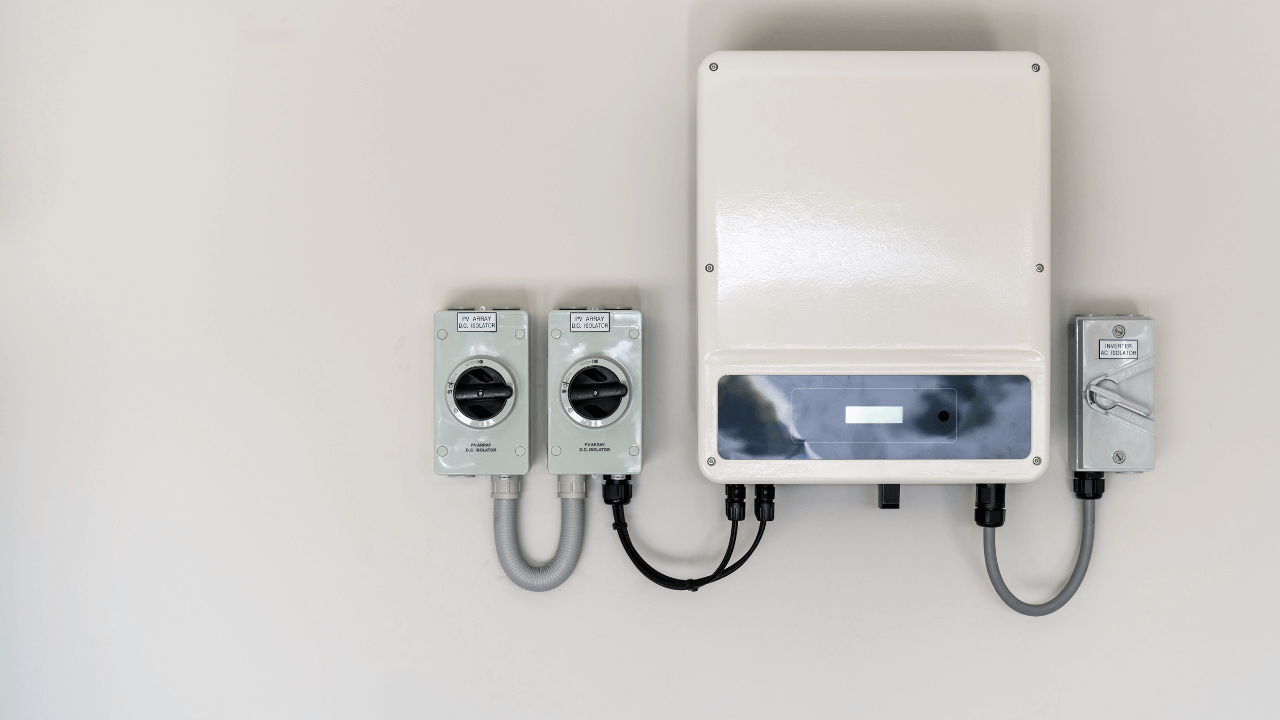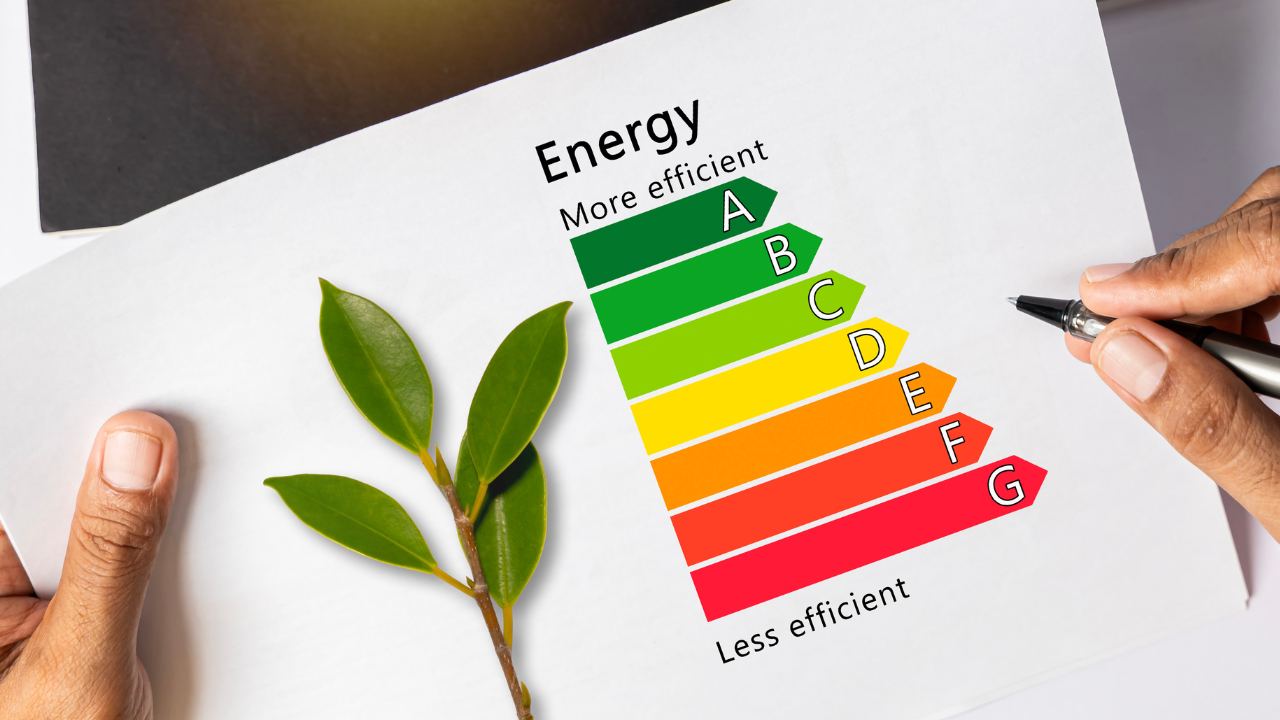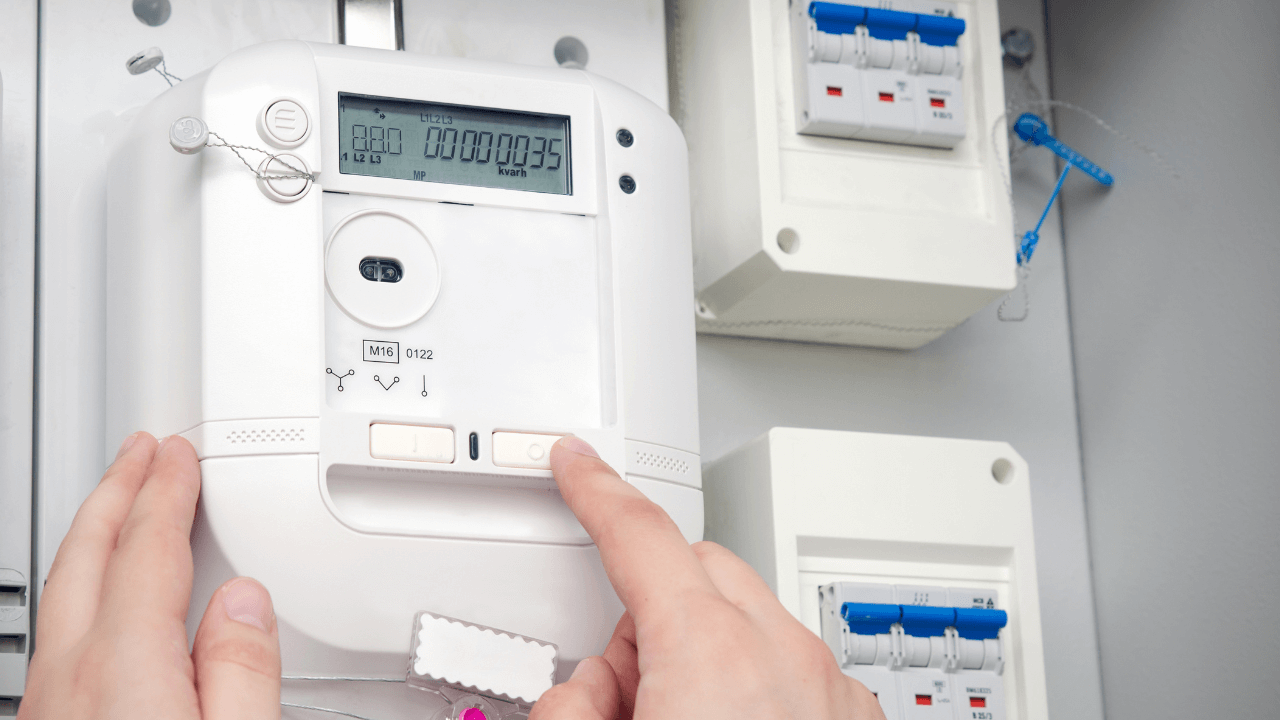Energy consumption is essential because it directly impacts economic efficiency, environmental sustainability, and overall quality of life. The measurement of energy consumption is typically expressed in kilowatt-hours (kWh) for electricity.
Effectively managing energy consumption is the key to reducing costs, decreasing carbon footprints, and promoting the sustainable use of resources.
Factors that directly influence energy consumption
There are various factors to influence energy consumption positively. Knowing these factors and implementing these small changes can significantly impact the electricity billing for consumers. Let’s discuss one by one.
Building Characteristics
Building characteristics are a very important factor that people often neglect when it comes to energy consumption.
For instance, just painting the floor of your rooftop white can reduce the temperature of your room, resulting in less consumed energy by the air conditioners to keep the room temperature within cooler limits.
Other factors associated with building characteristics contribute to lower energy consumption.
- Home or Office – The type of building significantly influences energy consumption, as offices often require more lighting and electronic equipment than homes.
- Size and Layout – Larger buildings with open layouts may need more energy for heating and cooling due to greater air volume.
- Insulation and Construction Materials – Proper insulation and energy-efficient materials reduce the need for heating and cooling, leading to lower energy consumption. For instance, using double-glazed windows can cut heat loss by up to 50%.
- Building Age – Older buildings may lack energy-efficient technologies and materials, resulting in high energy consumption. Retrofitting with energy-efficient systems can reduce this.
- Design and Orientation – Buildings designed to maximize natural light and oriented to reduce sun exposure can lower the need for artificial lighting and cooling.
Weather Conditions
Weather plays a crucial role in energy consumption. For instance, energy consumption is high in the Middle East due to extremely hot temperatures, and it is also higher in Greenland due to a totally opposite factor: extreme cold. But how? Explained in detail.
- Temperature Extremes (Hot or Cold) – Extreme temperatures increase the need for heating or cooling, significantly affecting energy consumption. Programmable thermostats can optimize energy use by adjusting temperatures based on occupancy.
- Humidity Levels – High humidity requires more energy for air conditioning systems to dehumidify the air. Implementing dehumidifiers can make cooling more efficient.
- Seasonal Variations – Energy consumption varies with seasons, peaking in winter and summer. Utilizing energy-efficient heating and cooling systems can mitigate this effect.
Other Factors
- Number of Occupants – More occupants typically lead to high energy consumption due to increased use of lighting, heating, cooling, and appliances. Implementing occupancy sensors for lighting and smart thermostats can help manage energy use more efficiently.
- Energy Usage Patterns – Regular patterns of energy use, such as peak times for cooking or heating, influence overall consumption. Encouraging off-peak usage through time-of-use tariffs can help distribute energy load more evenly and reduce costs.
- Appliances and Equipment – The efficiency and number of appliances directly impact energy consumption. Upgrading to energy-efficient appliances, like Energy Star-certified devices, can significantly reduce energy use. For example, replacing an old refrigerator with an Energy Star Invertor-based model can help you save up to 230 USD over the product’s 12-year lifespan.
Examples of Energy Consumption
Energy consumption is influenced differently in residential and commercial settings. Let’s examine both settings in detail.
Residential Energy Consumption
Residential energy consumption typically varies by region. However, according to the US Energy Information and Administration, households in the United States consume on average, around 10,000 kWh annually.
This consumption is distributed among various appliances and systems:
- Appliances – Refrigerators, washing machines, dishwashers, and dryers are significant contributors to household energy use. Modern energy-efficient appliances can save substantial amounts of energy.
- Heating and Cooling Systems—Heating and cooling account for nearly half of a household’s energy consumption. Efficient HVAC systems, programmable thermostats, and proper insulation can drastically reduce energy use. According to the US Department of Energy, upgrading to a high-efficiency HVAC system can save up to 20% on heating and cooling bills.
- Lighting – Lighting comprises about 15% of the energy used in an average home. Switching from incandescent bulbs to LED lighting can reduce energy consumption costs by up to 225 USD per year.
- Electronics and Gadgets – TVs, computers, gaming consoles, and other electronic devices contribute significantly to household energy use. Using energy-efficient models and power strips to eliminate phantom loads (consumed energy by devices in standby mode) can help reduce consumption.
Commercial Energy Consumption
Commercial buildings, including offices, retail stores, and warehouses, have diverse energy needs. There is no definite answer to how much energy an average commercial setup consumes as it varies significantly for corporate, commercial, academic, and industrial setups, as well as their scale and operational capacities.
However, consulting the Commercial Buildings Energy Consumption Survey (CBECS) is an ideal place to get estimated figures for different settings.
The factors influencing energy consumption in commercial settings and how to optimize the consumption for eco-friendly and economic advantages.
- Equipment and Machinery – Industrial machinery and equipment are the primary energy consumers in facilities like factories and workshops. Optimizing machinery for efficiency and implementing regular maintenance schedules can improve energy use. Variable frequency drives (VFDs) on motors can reduce energy consumption by adjusting motor speed to actual demand.
- Heating, Ventilation, and Air Conditioning (HVAC) Systems – HVAC systems in commercial buildings can account for 40-50% of energy use. High-efficiency HVAC systems, combined with advanced control systems and proper maintenance, can significantly reduce energy consumption. For example, energy recovery ventilation systems can reclaim energy from exhaust air and reduce heating and cooling costs.
- Lighting – This is also a major energy consumer in commercial spaces. Just like in residential settings, upgrading to LED lighting and using smart lighting controls, like motion sensors and daylight harvesting systems, can substantially lower energy costs in commercial facilities.
- Office Electronics—Computers, servers, printers, and other office electronics are significant contributors to commercial energy use. Energy-efficient office equipment and server virtualization can reduce energy consumption. For instance, VMware cloud services claim that consolidating multiple servers into virtual machines on a single server can cut energy use from as low as 5% to as much as 80% (depending on the scale of centralization).
How to Calculate Energy Consumption?
Understanding energy consumption is crucial for managing electricity costs effectively. This step-by-step will walk you through the process of calculating energy consumption.
Identify the power rating of appliances
Each appliance has a power rating, usually listed in watts (W) or kilowatts (kW). Here are the power ratings for our example:
- Air Conditioner (AC): 2000 W (2 kW)
- Fan: 70 W (0.07 kW)
- Bulbs: 4 bulbs, each 60 W (0.24 kW in total)
- Iron: 1000 W (1 kW)
Energy consumption is calculated by multiplying the power rating (in kW) by the energy usage duration (in hours).
Energy Consumption (kWh) = Power Rating (kW) × Usage Duration (hours)
Let’s calculate:
- AC: 2 kW × 8 hours = 16 kWh/day
- Fan: 07 kW × 10 hours = 0.7 kWh/day
- Bulbs: 24 kW × 5 hours = 1.2 kWh/day
- Iron: 1 kW × 1 hour = 1 kWh/day
Add up consumption of energy by all appliances:
16 kWh + 0.7 kWh + 1.2 kWh + 1 kWh = 18.9 kWh/day
The total energy consumption is 18.9 kWh.
Conclusion
Now you have a rich idea of how energy consumption works. Remember that 1kWh contributes as a single unit of the electricity bill that you are charged for.
Understanding energy consumption and the mathematics behind it allows you to manage your energy usage more effectively and potentially reduce your electricity bill by making informed decisions about your appliance use.
To effectively and seamlessly know and control your energy consumption, we recommend you check our remote energy monitoring and management systems. SalTec offers easy-to-use remote monitoring and management solutions for your varying needs in residential or commercial setups.
Explore our SalTec solutions today to reduce your energy consumption and be a part of a sustainable economy—because every penny counts.



